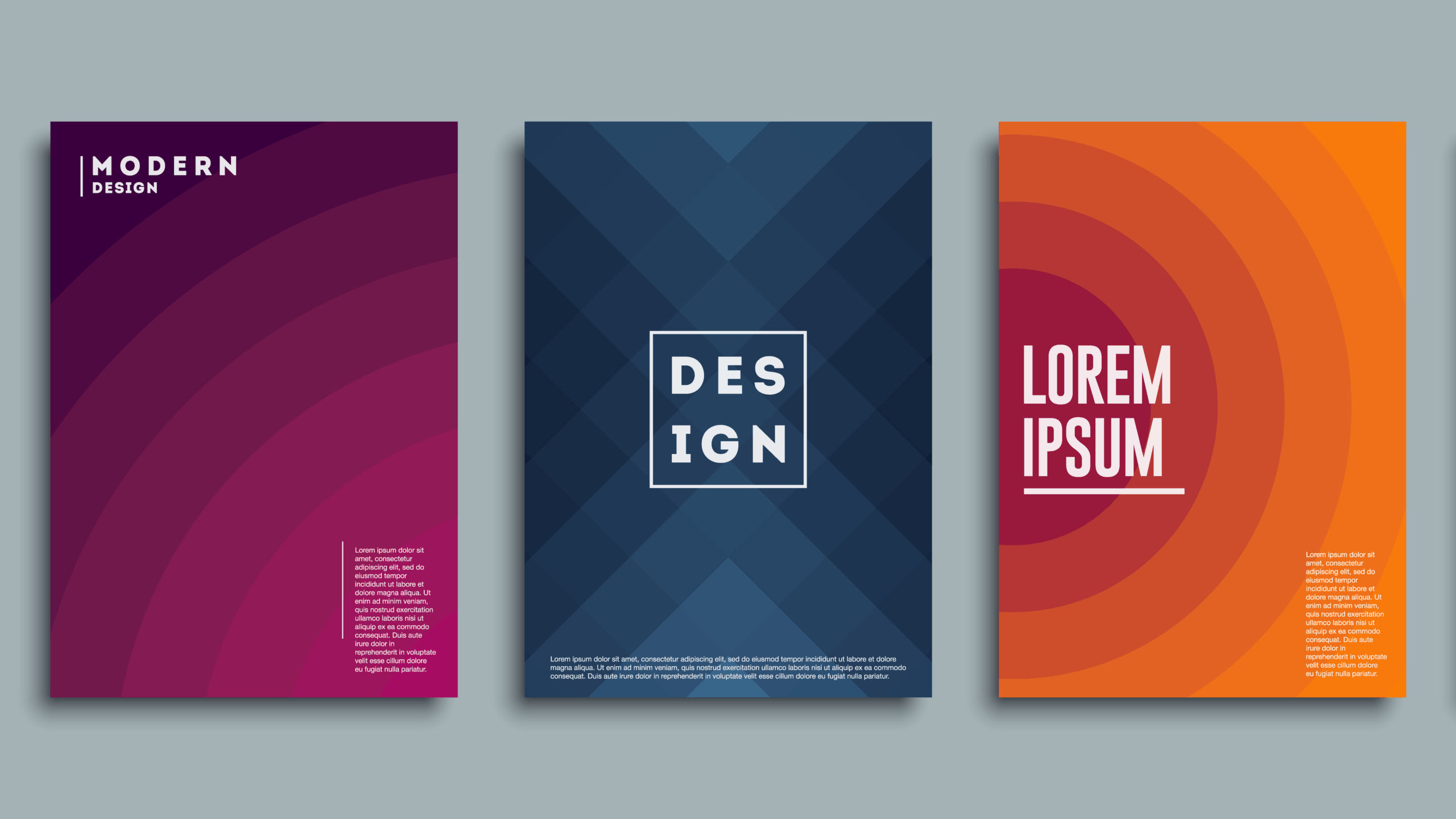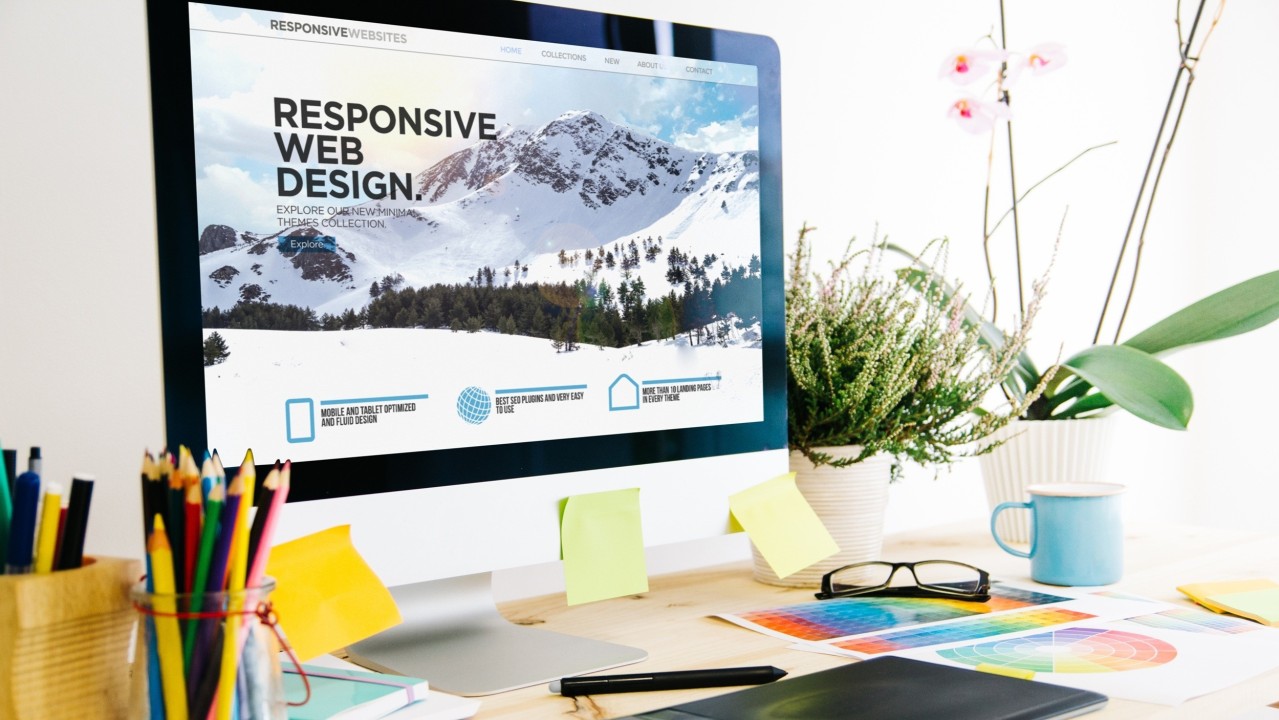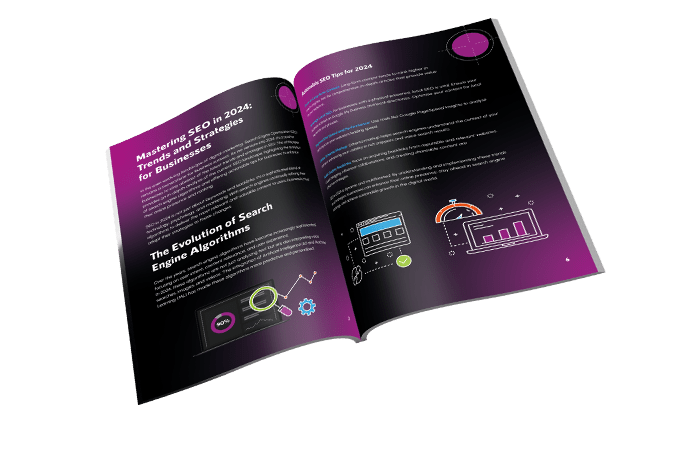News
A Full Guide To: How To Plan For Your Website Redesign
Your website is a huge part of your business. You may think that setting it up is all that you have to do but the reality is that every now and again, you will need to update your site to give it a fresh new design. This could be because your company is trying to rebrand or just because you understand that for SEO purposes you need to keep updating your website.
Whatever the reason, this will help you to understand the entire process from the beginning to the end. Over the next 6 steps, I’ll aim to guide you through the process…
Step 1: Set Budgets, Timescales, Milestones And Responsibilities
One of the first things you need to do is set your budget from the beginning. Staying in your budget is crucial to your company’s bottom line. You do need to be sure that you have a realistic budget in mind when you start the project, so get a few different estimates for the job before you get started. Understand what you want out of your website, because prices can get higher with the more complicated projects.
After you finish establishing a budget, you can go into the planning phase of your website redesign. You will need to come up with milestones and timelines. How long will the project take or when do you want your website finished by? You need to really think about this early on in the process.
Plan out milestones for the project and when you want these milestones accomplished by. Part of this involves deciding on who your audience for your website is and what goals you are trying to accomplish with your website. These can play into the timescales and milestones phase of this because you want to prioritise your list to achieve the perfect new website for you.
Finally, once you have done all of this you need to decide on the responsibilities of each person in the process. You need to create teams of people who are responsible for each aspect of this redesign process as well as delegate some people to be in charge of each of these groups.
By delegating responsibilities like this, you will know who is responsible for what part of the process. If there are issues with time or other problems, you will know exactly who to turn to in order to find out what is going on with this process. Milestones can only be accomplished if the teams are working on the projects as they are supposed to.
You should always be flexible during this process. Sometimes things happen that may make you miss your milestones and timelines, which can be frustrating to you. However, knowing the best ways to optimise this process will help you to stay calm during this often very overwhelming process.
This is just one of many stages that you need to consider when you are planning for your website redesign. The next step is to plan your content, among other things. Doing these steps will help to get the process started on the right foot.
Step 2 is a major step where you set up goals, create a sitemap, and plan the content on your website. There is a lot that goes into this step of the process and it can help to determine the overall look and feel of your website. The early steps of this process are all about the planning. While step 1 is about delegating responsibilities and doing the budget for the project, this is where you plan a lot of the other aspects of your website design.
Step 2: Goals, Create a Sitemap, and Plan Your Content
Much like with the other step, you need to focus on a few different things including who your audience is and what goals do you have for your website.
- Are you looking to get people to purchase your items from a new ecommerce feature on your website?
- Are you trying to educate customers on what services you have to offer and who you are as a company?
- Are you trying to build up your online reputation to become a reliable source for information and products or services?
Think about these goals decide on how you can use your website to accomplish them. Once you set up your goals, you need to get a sitemap created. You can use the sitemap that you already have for your website as a starting point for what you are going to do with your new website redesign. This helps to make sure that the current products and services that you offer are covered on the new website.
This is a perfect opportunity for you to rename these page titles to make it clearer for visitors to your website. The sitemap is a perfect way to also plan and organize your content. At this point, you need to think about the type of content that you want on your website.
When you are planning for your content, you need to go back to focusing on your audience.
- What type of content would bring them to your website?
- What are you trying to get from your content?
If you are trying to get people to buy your products and services, you are going to fill up your website with call to actions to get sales. If you want to build up your reputation to become an authority on a topic, you will want to fill your website with content that is not just about your business but to educate your staff.
This can be a crucial step in creating the perfect website for your business. You need a good website that helps you to accomplish your sales goals. Redesigning your website can be a complicated process, but by understanding each of these steps can help you to make it a lot easier for you. Once you complete this step, you can move onto the meat of your website: your brand.
Step 3: Brand, Messages, and Customer Experience
This next step of your redesign process is all about the brand, messaging, and customer experience. Your website is like the online storefront of your business. This is also how you can improve your SEO to get better rankings on search engines.
People judge your business based on your website, so it is important to take each of these steps and carefully consider how valuable it can be for your website. Here you will learn all about this step of your website redesign.
The first two parts of this step are looking at the brand and messaging. Your website needs to properly represent your brand identity and give your customers the message you want them to receive about your company. Since most people online will check out a company’s website before working with them, it is essential that your brand identity and messaging are front and center on your website. This can positively impact your brand’s perception and give you a high level of authority on the products and services that you sell.
Think about it this way. If you go into a store and everything is all messed up and unorganised, you may not want to do business with that company. But if you go into a location where the brand is represented, and everything is organised perfectly, you will have a more positive experience with company.
This brings us to the next point: customer experience. You want to ensure that your customers have a positive experience with your website. There are a few different ways that your website can impact the customer experience. If a website takes longer than a few seconds to load, customers will leave your website. People do not have the patience to wait longer than that, and they will move onto a competition’s website to get the same products and services. It is crucial for your bottom line that you optimize your website for both mobile and desktop users, which will increase your sales.
You also want to ensure that your website is aesthetically appealing to customers. This means that the website not only needs to look good, but it needs to be organized in a proper fashion. Avoid making the webpage too busy or put colours that are too loud on the website. This can be distracting to users, which will also make them leave your website quickly.
The point is to keep your customers on your website as long as possible to increase your sales. The only way that this is possible is by focusing on your customer’s experience when redesigning your website.
A well-designed website makes the difference in a successful company and one that is failing can often come down to its website. This is the first impression that customers often get of your business, so it is important that while you are redesigning your website that you create something that will be appealing to your customers. You want to advertise your brand with your website as well as offer information about who you are as a company.
Step 4: Introducing Call to Actions and KPIs
At this point of your website redesign planning process, you need to look at the call to actions and the KPIs of your website. To put it simply, call to actions are what inspires your customers to purchase products and services from your company.
The KPIs are what tracks the performance of your website. These are very important to the success of your website. In fact, each of these steps plays a huge part in how your website will improve your business. However, this step will only focus specifically on the call to actions and tracking the performance of your website.
The first part of this is introducing call to actions to your website. To do this, you need to think about what you want to inspire your customers to do. Do you have a bricks and mortar location that you are trying to bring more customers into? Do you want customers to book an appointment with you? This will determine the call to actions you put on your website. Take some time to think about what you want out of your call to action and then craft the perfect one to meet your sales goals.
It is important to move from here to track the performance of your website. The whole point of redesigning your website is to better optimise it to get those sales conversions that your business needs to thrive. You want to make sure that your redesign has worked as well as it was intended to.
By using tools like heat mapping, analytics and an approach that utilises in-depth data, you can see which parts of your website have accomplished your goals and which ones may need more work. Some things that you should be looking at while you are judging the performance of your website is not just conversions but also the bounce rate and time visitors stay on your website.
If people come to your site and immediately leave, your website is not giving you the attention that you want. You will then need to figure out why they are leaving. Did they get to a section of your page that was not appealing to them? Was it difficult for them to find what they were looking for on your website? These are things that can easily be fixed but you need to compile the data to really get a good idea of what is going on.
The whole point of a website redesign is to better optimise your website to get more attention from potential customers. This step of the process is a huge part in planning for your website redesign.
A lot of people spend the time to redesign the website to better optimise it or because it was not giving them the results the desired results. At this point in the process, you need to make sure that your website is going to get you the attention and conversions that you have been looking for.
Step 5: Optimisation and Transition
At this point of the website redesign process, you have completed most of the core work of the project. You already have your content and goals planned out. With these last 2 steps of the process, it is about polishing off your website and ensuring that it continues to be a help to your business.
This article and step will take a look at the optimisation and transition process of your website redesign.
A big part of the optimisation process is to focus on your homepage. Your homepage is the first part of your website that visitors will see, so you want to make an awesome first impression with it. Your webpage should be simple but also be representative of your brand identity. Knowing that the homepage is so important to a website, a lot of businesses make the big mistake of cramming all of the information possible on the homepage. This can create a lot of clutter on the page, overwhelming the potential customer. It should be optimised so that you inspire visitors to click on other pages to get the information that they are looking for quickly.
Optimise the website with keywords to bring them in and then let them know where they can go on your webpage to find out more information. This declutters the homepage, organises the site, and makes the website simple to use and read. These are all things that will help keep customers on your page longer and increase your conversions.
In a previous article – How To Make Your Website SEO Friendly, I provided lots of information on how to make your website SEO friendly. These tips and tricks should be applied to all of your new web pages before you move to the transition phase. This will ensure that you have the best chance of gaining great SEO rankings.
The next part of this process is the transition phase. This phase will include using 301 redirects, robots.txt, and XML sitemap. The most important part of this process is the 301 redirects. There are often a lot of issues that arise with 301 redirects, which can be avoided with careful planning. It is very important that you make sure that you get all of the old URLs that will need to be redirected to the new website. This ensures that old links are not broken and create an error and ensures any in-bound links are not wasted for SEO.
You can use a simple tool like a spreadsheet to map out the pages on your old website. Take this information and map out these old pages to the most relevant ones on your new website. On simpler websites, this can be a very easy process, but it can get pretty complicated in some situations.
Take the time to ensure that all urls are properly redirected. Ensure that they are 301 redirects instead of other server codes. You can find web-based tools that will help you with this part of the process. Go to Google after you are done and click through all of the links to make sure that you did not miss anything. People can’t visit these pages if the redirects on them were missed.
Once you have finished and captured all the 301’s the next step will be to create a new sitemap. This should be created as a XML file and re-uploaded to Google Webmaster Tools. This will ensure that Google is aware of all the new web pages and will begin re-crawling them.
This can be an incredibly important part of the process. If you do this properly, the transition from your old website to your new one can be a seamless one that will limit the downtime your website will have during this process. Time is money, so it can be crucial to get through this process efficiently without too many problems.
Step 6: Monitoring And Continued Improvements
You may think that once you officially launch your new website redesign that you are officially done with the process. However, your work is never done when it comes to a new website. There will always be some tweaks that need to be made not just at the beginning of the process, but for the entirety of the process.
The first thing that you should remember is that you should be constantly monitoring the health and performance of your website, especially for the first few weeks after your launch. By doing this, you will ensure that the search engines recognize your new website and that your website is continuing to function properly.
Take a look at how effective your website is. Are you bringing in new customers? Are you getting more conversions? These are just a few of the metrics that you need to keep an eye on. If you are not seeing results or you notice bugs and errors, you will need to fix these issues immediately to get the most ROI on your new website redesign.
It is also important that you keep up with improvements on a regular basis. A website that is updated regularly will rank better on search engines. People will only typically click on one of the first pages that come up, making it important that you find yourself higher up on the results list.
Adding fresh new content will also help to ensure that people keep returning to your website. This could be by adding new news articles or by having a blog section that gets new posts regularly. You will also want to update as you add more products and services to your company, so your customers know all of the latest information about your company.
Another reason why you want to continue with improvements on a regular basis is because it is cheaper than doing a complete overhaul at once. This is a more efficient and cost-effective manner of ensuring that your website is always optimised, rather than the expense and time-consuming nature of completely new redesigns. You can make specific changes here and there as needed without also completely changing your website all of the time.
A consistent website is crucial to maintaining your brand identity and constantly redesigning your website can confuse the consumer. Lastly, continuous improvements allow you to keep up to date with all of the latest SEO trends to ensure you are getting a high ranking on search engines.
You should continue to work on your website to keep it moving forward. Just because you have done a complete overhaul of your website, that does not mean that you can neglect it. Constantly monitor and improve your website to protect your investment. This will help you to make sure that you are getting the highest return on your investment.
Your website is necessary for getting sales into your business, so treat it as you would with any other marketing tool.





The Ultimate Social Media Guide
With the ever-growing power of social media, we use the latest techniques, video, and animation software to craft eye-catching social media assets that make your brand pop. Our designers, wielding Adobe Creative tools, create distinctive animations and graphics to illuminate your brand story and highlight your products or services. Want a unique design? No problem – we also offer bespoke designs to match your brand aesthetic.